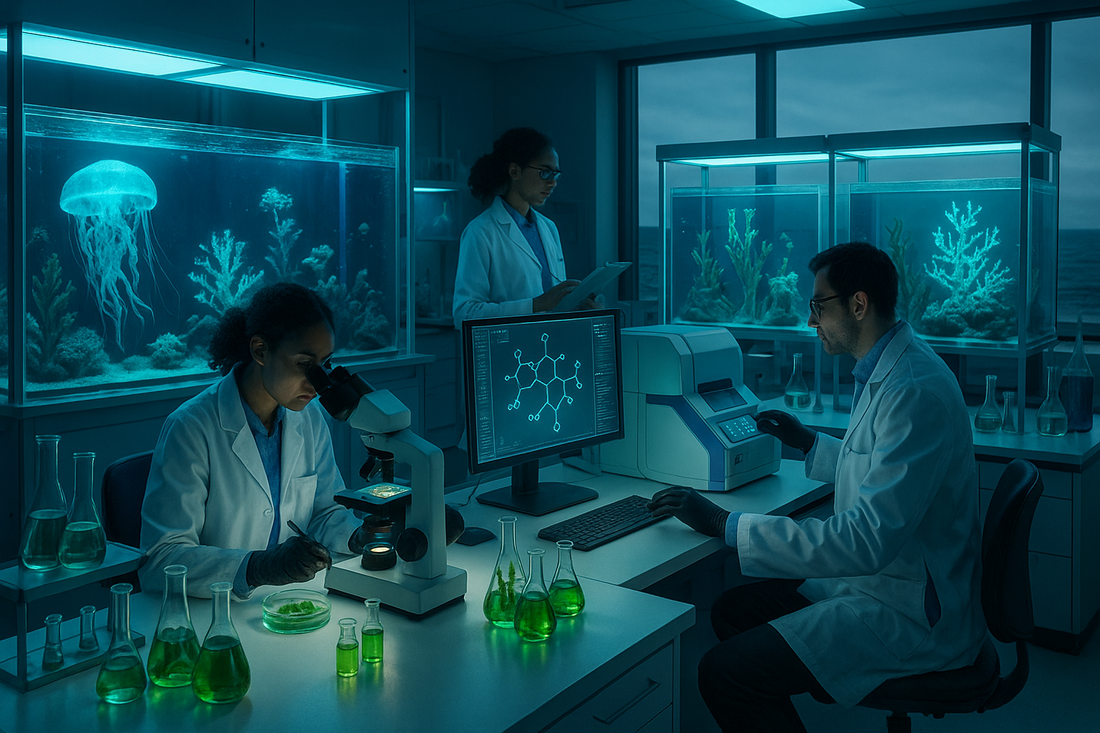The Hidden Costs: Downsides of Marine Biotechnology
Pelagic ProblemsMarine biotechnology holds tremendous promise from developing life-saving drugs to creating sustainable materials. But as with any rapidly growing industry, there are important downsides that deserve attention.
1. Ecological Disruption
Harvesting marine organisms for biotech research can disrupt delicate ocean ecosystems. Over-collection of sponges, algae, or deep-sea bacteria may damage food chains or lead to unintended species loss.
2. Overreliance on Wild Resources
Many marine biotech projects still depend on wild-caught organisms. Without robust aquaculture alternatives, this can contribute to overfishing and biodiversity depletion, especially in fragile or poorly regulated regions.
3. Ethical Concerns
The use of genetically modified marine organisms raises ethical questions, especially when they’re released into the ocean. There’s also concern around bioprospecting: where companies profit from marine genetic resources without benefiting local communities or ecosystems.
4. High Cost & Technical Barriers
Marine biotech is expensive. Sampling at deep ocean depths or replicating saltwater conditions in labs requires advanced technology and investment, which can be limiting for smaller research groups or startups.
5. Regulatory Gaps
The legal frameworks for marine genetic resources especially in international waters are still evolving. Without clear regulations, there's risk of biopiracy or unregulated exploitation of ocean biodiversity.
Despite its potential, marine biotechnology needs stricter environmental oversight and more ethical frameworks to avoid harming the very ecosystems it aims to learn from. Innovation shouldn't come at the cost of the ocean's long-term health.

